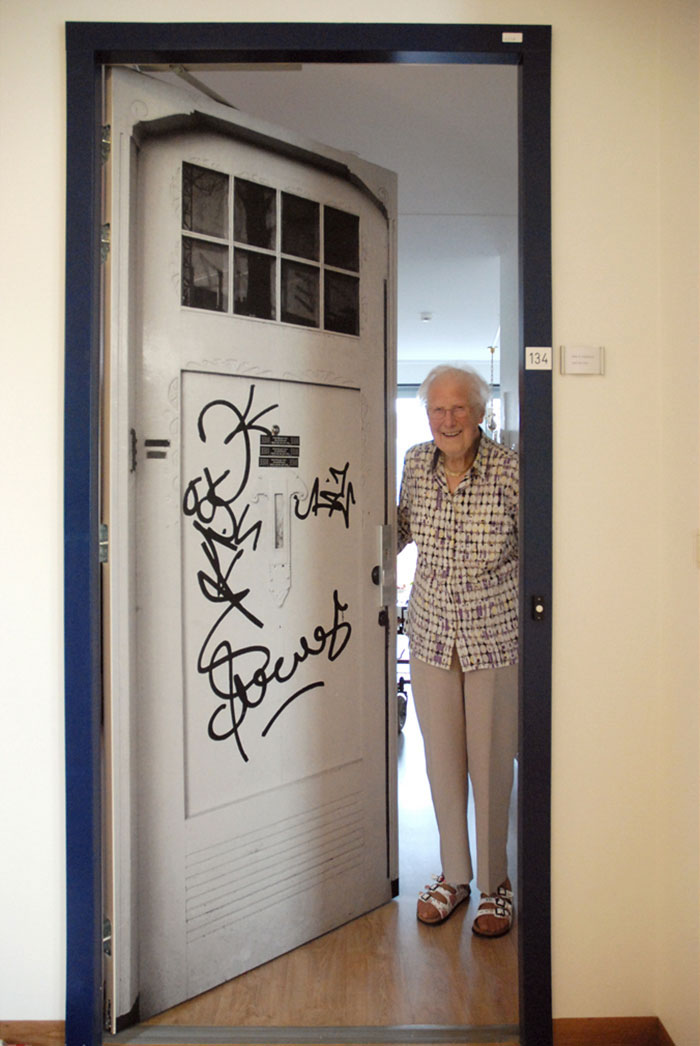Table of Content
Studies show that restraints are detrimental to resident physical and mental well-being. Restraints are often used to compensate for a lack of adequate staff to attend to resident needs and safety. You should ask staff what methods, other than restraints, are used to provide a safe environment for mobility. A high percentage in Quality Measures 7 to 9 may indicate that there is a lack of adequate staff to toilet residents on an individualized schedule.
If you have questions, we are here to help provide the answers. Give our senior care advocates a call and read our guides for specific information and resources related to your or your loved one’s condition. Medicaid is the largest payment source for nursing homes stays, covering 73% of residents in 2016.
Windsor Health and Rehabilitation Cen...
The highest cost is found in Bridgeport, which has a monthly average of $14,113. Across the Rhode Island state line in Providence, families can expect to pay around $9,733. MEASURES FOR “SHORT-STAY” RESIDENTS “Short-Stay” residents are those needing short-term skilled nursing care or rehabilitation, but who are expecting to return home. Those with certain disabilities or diseases have more obstacles to overcome when searching for a quality assisted living home.

The benefit is intended for veterans in need of long-term care services and may be used towards paying for skilled nursing care. Money Follows the Person is a federal program designed to help Medicaid recipients transition from institutions, such as nursing homes and hospitals, back into residential communities. Working with a Transition Coordinator, families can find home health aides and physical therapists, along with other services, depending on the individual’s needs. Eligible individuals must have been in a hospital or other long-term care setting for three months or more. Connecticut averages $12,927 a month for nursing home care in a semiprivate room, but that cost will vary from one area of the state to the next and based on the amenities of the community. In Hartford, for instance, you can expect to pay around $13,079, but in New Haven, it’s lower at $12,395.
Average Length of Stay for Medicare Beneficiaries in Connecticut
State inspection or “survey” reports contain information about any deficiencies found when inspectors complete their annual inspection of the facility. You can also obtain state inspection reports from the state survey agency, the facility itself, or the long-term care ombudsman. Each facility is required by law to make the latest state inspection report available for examination in a place readily accessible to residents. To look at a summary of state inspection information on ‘Nursing Home Compare’, click on the tab labeled “Inspections”. The private pay rates listed above are significantly higher than the rate Medicaid pays to nursing homes.
The program must be no less than 100 hours in length, including 25 hours of clinical training. • The staff hour data used for ‘Nursing Home Compare’ is self-reported by the facility and is not audited for accuracy. Average hourly wages for operational employees are based on data submitted to the Centers for Medicare & Medicaid Services for 2019. Average Physical Therapy Minutes Per Resident Per Day information is based on data submitted to the Centers for Medicare & Medicaid Services by . Average CNA Minutes Per Resident Per Day information is based on data submitted to the Centers for Medicare & Medicaid Services .
Connecticut Nursing HomesMedicare/Medicaid Nursing Homes & Skilled Nursing Facilities
“Quality Measures” provide important information; however, they are just one piece of the puzzle in choosing nursing home care. The measures are meant to provide indicators of quality care and comparative information. Measures include 14 indicators for chronic care (long-stay) residents, and 5 indicators for acute care (short-stay) residents. The measures use data taken from quarterly assessments of individual residents done by the facility. The information gathered from the individual’s assessment is then combined with the assessments of the other residents in the facility to produce a facility-wide measure for each category.

Websites, such as Medicaid Planning Assistance, help families determine eligibility and compare types of professional Medicaid planners. It is very important to visit homes a second and third time during the weekend or evenings -- times when many nursing homes reduce their staff and services. If at all possible, take the resident to visit potential nursing homes before a decision is made.
• The staffing hours reported on ‘Nursing Home Compare’ include not only direct care from nurses and nursing assistants but also administrative nursing time. This makes it difficult for consumers to know how much direct care residents are receiving. Connecticut is focused on reducing the impact of COVID-19 on our most vulnerable populations. That is why the state continues to monitor for cases and outbreaks of COVID-19 in assisted living facilities. Average cost per resident day information is based on data submitted to the Centers for Medicare & Medicaid Services .

Ask the facility to show you the number of residents who get the flu shot each year. Percentage of low risk residents who have pressure sores. A high percentage on this measure may indicate that staff are not encouraging able residents to get out of bed or be up and moving around. Ask questions about how residents who are mobile are encouraged to stay active and how frequently residents are toileted. The flu is highly contagious, and is easily passed from person to person by coughing and sneezing, or by touching some-thing with flu viruses on it and then touching one’s mouth or nose. Placing a loved one in a nursing home is one of the most difficult tasks a family member ever faces.
All residents of a nursing home must receive a patient care plan based on their initial patient assessment. The assessment must take place within 14 days of admission, and the care plan must be developed within 7 days of the assessment. With any one of the three Medicare Money Savings Programs funded by Medicaid, seniors and caregivers can receive assistance with Medicare Part B premiums. Eligibility is determined by gross income or the combined gross income of spouses. Individuals who qualify for all three levels also qualify for the Low Income Subsidy , which pays the full costs of Medicare Part D.

According to the state’s Department of Public Health, there are over 200 nursing homes in Connecticut that accept Medicaid. Seniors who qualify for nursing home placement may also qualify for home- and community-based service waivers to receive skilled nursing care at home or in a residential setting. Percentage of residents who were assessed and given pneumococcal vaccination. The pneumococcal vaccination may help prevent, or lower the risk of one becoming seriously ill from pneumonia caused by bacteria. All nursing home patients should be vaccinated against pneumococcal disease. Ask if your loved one has been vaccinated for pneumonia, and if not, ask for the pneumococcal shot unless there is a medical reason why your loved one should not receive it.
Registered Nurses spend an average of 46.7 minutes with each resident per day at nursing homes in Connecticut. At Harbor Village, our skilled and compassionate staff provide our residents with the full range of nursing and rehabilitative services they need to foster their independence and dignity. CTNursingHomes.com is brought to you by Advanced Center for Nursing andRehabilitation, the home of compassionate, quality short-term rehabilitation and nursing care in the New Haven, CT, area. To help you with your search, browse the74 reviewsbelow for nursing homes in Enfield.

No comments:
Post a Comment